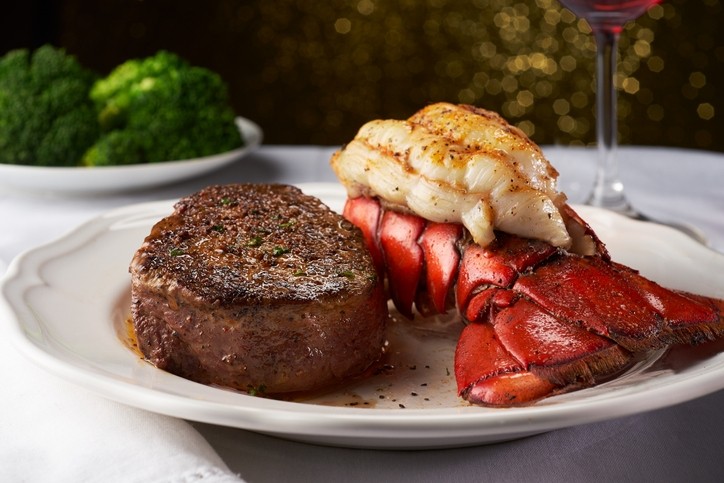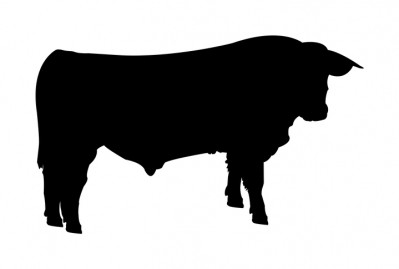Demand for premium rises: ‘It’s not just wealthy people who are buying more expensive stuff,’ IRI says

Over the past year, consumers dubbed “confident cooks” made up only 8% of shoppers and represented only 12% of the dollars spent at retail – yet they accounted for 44% of the sales gains in the meat and seafood segment, according to IRI. In addition, “cooking enthusiasts” accounted for only 22% of consumers and 24% of retail meat sales, but they drove more 53% of the category’s growth.
This small group of shoppers also were more adventurous in the variety of their selections – purchasing on average 18.4 types of meat or seafood during the past year compared to the average of only 10.6 the previous year – a 74% increase, IRI VP of corporate strategy & development Chris DuBois said during a recent webinar hosted by WATTPoultry.com.
DuBois explained that most confident cooks and cooking enthusiasts purchased new and premium cuts of meat more often during the pandemic than before the outbreak in part because they wanted a restaurant quality meal at home that costs less than eating out.
“That is a big light that turned on in people’s head and a big motivation. That doesn’t mean that they’re never going to go out again and enjoy a restaurant – everybody wants to go out a lot more… But, what you are going to see is that change year-over-year, is this group cooking at home a lot more” even when they have the option to go out again, DuBois said.
He recommended retailers, meat processors and CPG brands leverage this trend by providing more recipes to help consumers create high quality meals at home, cross-promote products that can be pulled together for a date night or special occasion at home and advertise premium cuts of meat and other ingredients.
Premiumization isn’t limited to the wealthy or meat category
While the confident cooks and cooking enthusiasts tend to be more affluent, have older children and five or more members in their households, the trend towards buying higher quality meat to recreate the restaurant experience at home cuts across grocery categories and demographic groups, DuBois said.
“It’s not just wealthy people who are buying more expensive stuff. … We saw growth all along what we call the super-premium and premium segments across the US and across all of the consumer segments,” he said.
He explained that low income was not a barrier to indulgent purchases -- rather, these households simply “bought different things in different quantities.”
But they did it for the same reason – to make their lives better and to experience something new during the pandemic.
For example, IRI found that 11.8% of “start-up” households, which tend to be younger and have lower incomes, traded up for premium or specialty food items to create restaurant-style meals at home more the 5.2% of total respondents who did so. Similarly, over the last year 13% of start-up households purchased more meal kits compared to 4.7% of total respondents compared to the year before.
Even consumers at the extreme low end of household income who receive benefits from the Supplemental Nutrition Assistance Program, formerly known as food stamps, plan on investing more in premium products and food in 2021, according to IRI.
IRI found 26% of SNAP beneficiaries plan to cook more from scratch more often in 2021 and 23% plant to bake treats more often in 2021.
The shift to premium ingredients in 2020 was most visible in the spices and seasoning segment, which saw an 11.4% increase premiumization in 2020 compared to the previous year, according to IRI. Lunch meat and frozen meat came in as the next edible categories with a 4.2% and 4.7%.
In the meat case, premium cuts may still account for a small percentage of total sales, but they outperformed total meat or protein averages, DuBois noted. For example, sales of prime beef was “huge” last year, with sales up 52%. Lobster sales were up 56%, crab 62% and tenderloin beef was up 34%, he noted.
Retailers that fostered this growth last year and showcased prime beef and other premium meat and seafood often outperformed those that did not, DuBois said. For example, retailers that supported USDA Prime in marketing saw meat sale dollars grow 52% compared to 19% of those that did not. Similarly, those that marketed USDA Prime saw on average 55% increases in meat volume growth compared to only 11% at stores that did not.
These differences emphasize the marketing potential for retailers and meat processors of helping consumers bring home the restaurant experience, DuBois emphasized, explaining: “It’s not that prime beef is huge. It’s still a few percentage points of total beef sales. But creating that tier, creating that excitement brings people in who wouldn’t have gone to that store otherwise.”
Ultimately, he said, “if there is one idea that a retailer can take away or a meat processor, it’s the really big idea … of bringing the restaurant home.”























